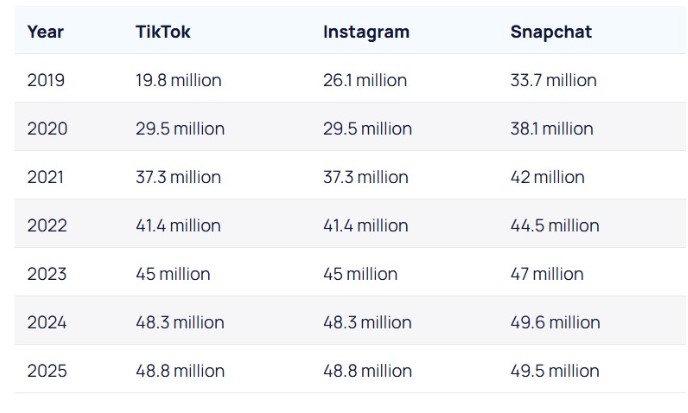As announced by TikTok, a new feature for parents and children who use the platform has been available since July 30. The new option, called “Family Pairing,” will enable parents to exert greater control over their children’s accounts, with new tools to customise settings to suit the needs of teenagers and their families.
“The latest updates support young people using our app and provide families with more tools to have conversations about online experiences, safety, and privacy,” the Chinese platform said.
What exactly will change?
The “Family Pairing” feature is designed to allow parents to see what their children are posting on the platform. “One of the features we are testing is automatic notification to parents when their child posts a video, story, or photo that is visible to other TikTok users,” the company said. This is intended to help parents control the content their children post.
According to TikTok, it is also about teaching children about privacy and online safety settings. “The ‘Family Pairing’ option can be a starting point for parents to talk to their teenagers about how they use TikTok (…) without infringing on their independence,” the platform argues.
The “Manage Topics” feature, which previously allowed users to customise content to their preferences based on selected categories, has been expanded — parents will now be able to see what topics their child has chosen.
An additional tool within the Family Pairing feature will be the ability to block specific accounts on behalf of children. Blocked accounts cannot interact with the teenager, and the content they publish will not appear in their feed.

